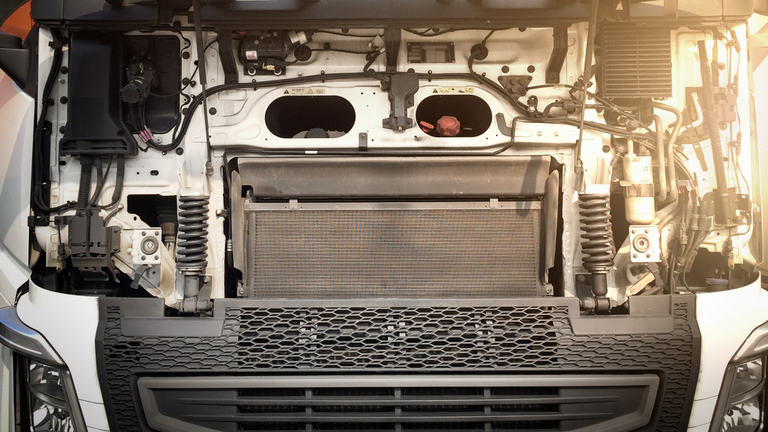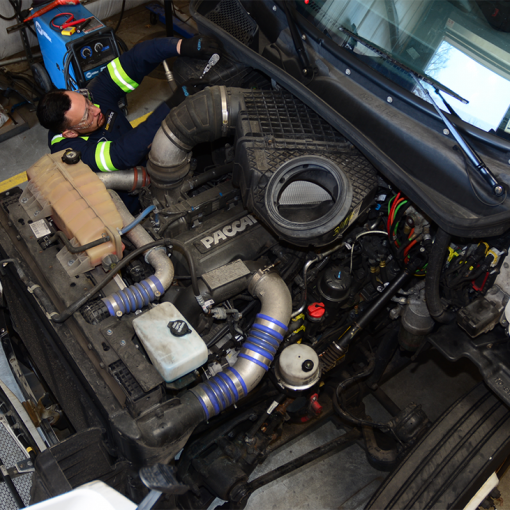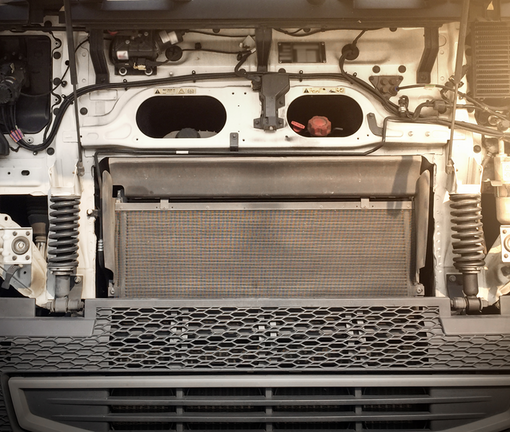Originally published in FleetOwner
We all know the importance of regular scheduled maintenance to keep trucks in top operating condition. Manufacturers set recommended maintenance intervals and fleets adjust those based on their own experience and the environment in which their vehicles operate. The goal, of course, is to reduce the number of roadside breakdowns and to have a low total cost of operation (TCO).
Keeping track of PM compliance is important so that needed maintenance is not deferred. However, it is also important to track the cost of maintenance and not just on an aggregated fleet-wide basis. Maintenance per mile on an asset-by-asset basis is a very important metric to focus on. It’s also important to look at unscheduled repairs between PMs — which should all be considered for a root cause analysis.
These two data points can be valuable tools in the asset replacement decision and in future component selections. Ideally you do not want to see the vehicle in your shop — or that of any outside service provider you use — at any time between PMs. In a perfect world, an asset will go from one PM service to the next without a technician ever having to work on it. Along with that, the maintenance cost per mile allows you to determine just how much of an asset’s operating cost is being eaten up by maintenance. Keep in mind when looking at cost per mile that by the time you collect enough relevant historical data the components and vehicle may have had several major alterations or enhancements.
You also should consider cost per mile by application. If you’re comparing data from a city vehicle making 25 stops per day, idling a lot, loaded to the maximum legal limit, and running low miles per year to the same vehicle operating high mileage, long haul, light loads, and low idle, you can expect very different results. In one application the cost per mile (CPM) may be $0.20 CPM and in another application is might be $0.10 CPM.
To be clear, there is no single threshold of CPM that can be used for all vocations and applications. A host of factors go into the decision for replacement — the cost and fuel efficiency of the new asset, interest rates, the state of the used truck market, safety technology, image, etc. However, when you review all factors over time you will be in a good position to make the call on when to replace a vehicle.
TCO is the deciding factor in the asset replacement decision with maintenance and repair costs a significant portion of that equation. Having a cost guideline for maintenance and repair is a good benchmark to use to start the review process so that you can keep TCO at the right level for your fleet.





